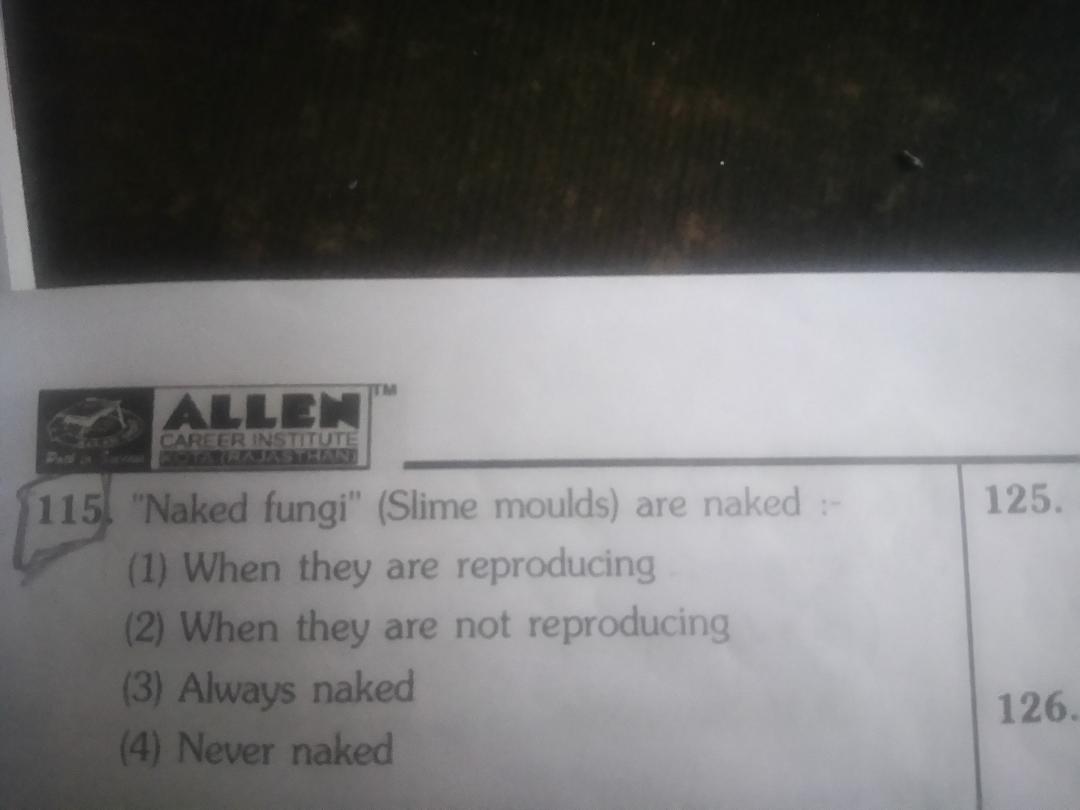Please Answer.


The vegetative body of acellular slime mould consists of a naked mass of multinucleate protoplasm covered with slime. This body shape resembles amoeba. As the amoeba-like stages grow they undergo nuclear division, which can lead eventually to very large multinucleate masses of naked (wall-less) protoplasm.
During reproduction, depending on environmental conditions, these multinucleate masses can develop into large resting structures (sclerotia) or they can differentiate into spore-bearing (fruiting) structures. The life cycle is completed when the spores are dispersed, usually by wind, and then germinate to release amoeboid cells.
This implies that the naked fungi (slime moulds) are naked only when they are not reproducing.
- 1
- 2
- 3
- 4
- 5
- 6
- 7
- 8
- 9
- 10
You have rated this answer /10
Browse free questions and answers by Chapters
- 1 Biomolecules
- 2 Cell : The Unit of Life
- 3 Respiration in Plants
- 4 Animal Kingdom
- 5 Evolution
- 6 Ecosystem
- 7 The Living World
- 8 Biological Classification
- 9 Reproduction in Organisms
- 10 Sexual Reproduction in Flowering Plants
- 11 Human Reproduction
- 12 Reproductive Health
- 13 Principles of Inheritance and Variation
- 14 Molecular Basis of Inheritance
- 15 Biotechnology : Principles and Processes
- 16 Biotechnology and its Applications
- 17 Human Health and Disease
- 18 Microbes in Human Welfare
- 19 Strategies for Enhancement in Food Production
- 20 Organisms and Populations
- 21 Biodiversity and Conservation
- 22 Environmental Issues
- 23 Plant Kingdom
- 24 Morphology of Flowering Plants
- 25 Anatomy of Flowering Plants
- 26 Structural Organisation in Animals
- 27 Cell Cycle and Cell Division
- 28 Mineral Nutrition
- 29 Photosynthesis in Higher Plants
- 30 Plant Growth and Development
- 31 Digestion and Absorption
- 32 Breathing and Exchange of Gases
- 33 Body Fluids and Circulation
- 34 Excretory Products and their Elimination
- 35 Locomotion and Movement
- 36 Neural Control and Coordination
- 37 Chemical Coordination and Integration
- 38 Transport in Plants
